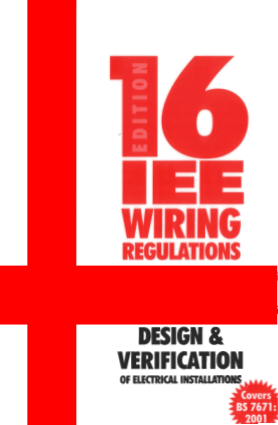

"Electrician" is also used as the name of a role in stagecraft, where electricians are tasked primarily with hanging, focusing, and operating stage lighting. Other specialty areas are marine electricians, research electricians and hospital electricians.

Construction electricians primarily focus on larger projects, such as installing all new electrical system for an entire building, or upgrading an entire floor of an office building as part of a remodeling process. They have skills troubleshooting wiring problems, installing wiring in existing buildings, and making repairs. Service electricians are tasked to respond to requests for isolated repairs and upgrades. Master Electricians have performed well in the trade for a period of time, often seven to ten years, and have passed an exam to demonstrate superior knowledge of the National Electrical Code, or NEC. Journeymen are electricians who have completed their Apprenticeship and who have been found by the local, State, or National licensing body to be competent in the electrical trade. They generally take several hundred hours of classroom instruction and are contracted to follow apprenticeship standards for a period of between three and six years, during which time they are paid as a percentage of the Journeyperson's pay. In the US and Canada, apprentices work and receive a reduced compensation while learning their trade. Other sub-specialties such as control wiring and fire-alarm may be performed by specialists trained in the devices being installed, or by inside wiremen.Įlectricians are trained to one of three levels: Apprentice, Journeyperson, and Master Electrician. Wiremen are generally trained in one of five primary specialties: commercial, residential, light industrial, industrial, and low-voltage wiring, more commonly known as Voice-Data-Video, or VDV. In the United States, electricians are divided into two primary categories: lineperson, who work on electric utility company distribution systems at higher voltages, and wiremen, who work with the lower voltages utilized inside buildings. If a high touch voltage is suspected between two metallic points in close proximity, it can be measured using a meter with an AC voltage measurement option.Electricians were originally people who demonstrated or studied the principles of electricity, often electrostatic generators of one form or another. This is a very good test to use for spot checks on touch voltage as you can just wander around an installation, touching a probe briefly on the metal surfaces to look for hazardous voltages.įigure 2 – Checking for touch voltage on earthed surfaces A touch contact enables the user to simply touch their finger on the contact while a single test lead is applied to the metalwork under question with the meter warning of any significant voltage, as shown in figure 2. If a high touch voltage is suspected between a metallic surface and the ground, it can be checked using a meter with a touch voltage contact, such as the MFT1700 series. If the test current is expected to produce a dangerous voltage, the tester should inhibit the test and show a warning, such as >50 V. This will apply to earth loop impedance testing and RCD testing since these tests involve producing a current on the earth. Test instruments meeting the requirements of BS EN 61557 must perform a pre-check when testing to ensure that the earth potential does not rise to a dangerous level during the test. Some special locations, such as swimming pools, require that the touch voltage does not exceed 25 V. Requirements for touch voltageĪccording to section 411.5.3 of BS7671:2008 Amendment 3, touch voltage must not exceed 50 V at any location on an installation. This could be the taps in a kitchen or bathroom, metallic light switches, radiators or the casing of an appliance. Touch voltage is tested to ensure that people cannot get an electric shock from simply touching a metallic surface or two metallic surfaces simultaneously. On other types of earthing systems, an earth resistance this high would indicate a fault.įigure 1 - Hazardous touch voltages between different earthed surfaces Why test for touch voltage? Section 411.5.3 of BS7671:2008 Amendment 3 notes that RA can be as high as 200 Ω. It is common to see a significant touch voltage on TT earth systems where the earth resistance (RA) can be quite high. The touch voltage (V) results from the current flow to earth (I Δn) multiplied by the resistance of the earth (R A), so that the touch voltage is found by: The voltage exists if there is a higher resistance earth path to the exposed metalwork than to the ground beneath your feet or another piece of exposed metalwork in close proximity, as shown in figures 1a & 1b.


The term touch voltage refers to the shock hazard present on any exposed metalwork or protective conductor.


 0 kommentar(er)
0 kommentar(er)
